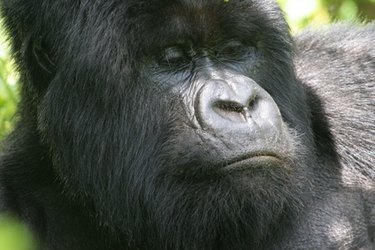
Rwanda is a country in east central Africa with 16,366 square miles. Its varied landscape—a high plateau, a mountain range, marshes, lakes and rivers—is home to diverse flora and fauna. Acacia and eucalyptus trees grow in the nation's mountainous regions to the west. Food plants include coffee, cassava and plantains, to list only a few. Akagera National Park is a refuge for hippopotamuses, elephants and crocodiles, among several other animals.
Eucalyptus
Video of the Day
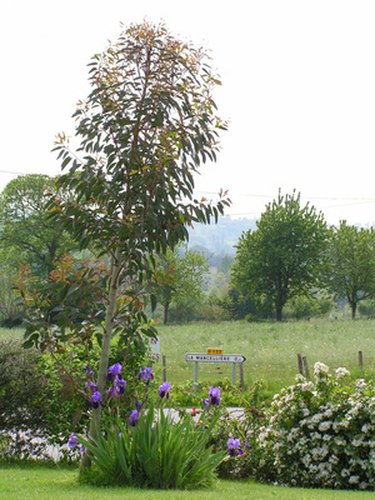
Eucalyptus is a tree native to Australia that is now naturalized in many areas of the world, including Rwanda. You'll find more than 500 species of this tree, some of which are cultivated for their medicinal value. Eucalyptus globulus, for instance, produces an essential oil in its leaves, fruit, buds and branches with many uses in health care. According to Cornell University, eucalyptus oil serves as an antiseptic, anesthetic, expectorant, antibronchitic, herbicide, fungicide and sedative for both humans and animals.
Video of the Day
Acacia
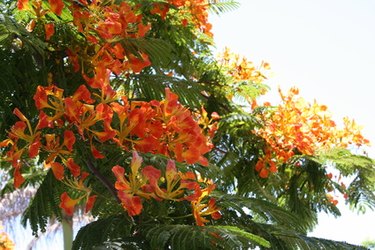
Acacia is a tree with more than 1,300 species, including Acacia melanoxylon, or blackwood acacia, a native of Australia. In the 1980s, blackwood acacias were planted in 2,500 hectares in Rwanda. Besides being an attractive tree with delicate light-yellow flowers, blackwood acacia is a valuable hardwood used for high-quality furniture, cabinetry and musical instruments. In Rwanda, blackwood acacia has also been planted in areas of deforestation to help them to recover.
Coffee

Coffee is an evergreen shrub whose berries are washed, dried and roasted to make the drink of the same name. The plant is native to east Africa and grows with an upright habit up to 20 feet tall. In Rwanda, 500,000 small farmers grow a total of one billion coffee shrubs and generate $15 million to $35 million in coffee exports to the United States and Europe.
Hippopotamus
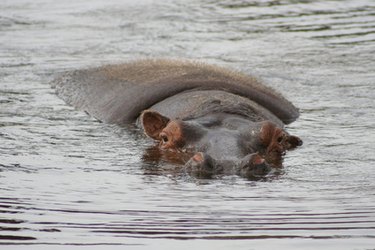
Hippopotamuses are large mammals that spend their days in water and nights going on land to feed. Water is essential to the hippo's life, as without the opportunity to immerse itself in it, its skin dries out and cracks, creating the potential for infections. These animals live in groups by day while in the water, but they go their separate ways at night as they graze on open grassland, known as hippo lawn, except for mothers and their young who stay together. In Rwanda and many other African countries, you find hippos in rivers and savannas.
African Elephant
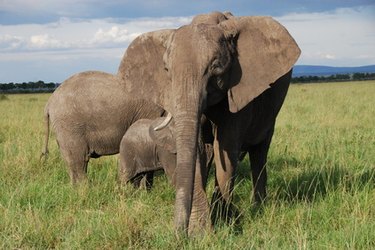
The African elephant is the largest terrestrial animal and is native to many African countries, including Rwanda. It has a varied territory that covers thick forests, mountain slopes, savanna and the desert. Their habitat needs to provide plenty of vegetarian fare, from grass, leaves, twigs and bark to fruit and seeds. These are also social animals that live and travel in groups led by a matriarch and her younger relatives. The elephants in each family group behave with caring concern for one another, taking care of the injured and grieving the dead, according to the African Wildlife Foundation.
Mountain Gorillas

The Virunga Heartland, which includes Volcanoes National Park in Rwanda, is the home of about half of all mountain gorillas that have dodged extinction. Among all gorilla species, these animals have the most hair. They live at high altitudes, where frost is possible in winter, and their thick furry coat helps them to retain heat. They live in pairs and in groups of as many as 40 mountain gorillas. The African Wildlife Foundation describes them as shy and gentle.